No products in the cart.
The Bell Told
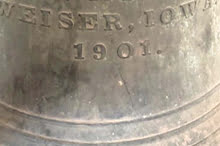
Surprise in the Belfrey
By Gerald J. Funke
On a warm Sunday afternoon, Max Rodriguez came into the sacristy of St. Agnes Catholic Church in Weiser after the Spanish Mass and sheepishly showed me, the pastor, a frayed fifteen-foot length of rope. He explained it had torn in two while he was ringing the church’s bell before the service. We agreed to meet the next day after he got off work to put a new rope on the bell. He’d bring a friend to help and I would purchase the rope.
As I had been at St. Agnes for less than a year, I asked several longtime members when someone had last entered the belfry. They thought it was probably about fifteen years ago. I carried a ladder to the loft’s landing. From there, one went through a trap door in the landing’s twelve-foot-high ceiling to reach the belfry.
On Monday, I bought about twenty-five feet of rope at a local hardware store. Max arrived in late afternoon with his friend, Efrain Juarez, a church member and usher. The three of us climbed seventeen stairs in the tower, which is about sixty feet high, to the loft. As we set up the ladder, I announced in Spanish, the language in which we were conversing, that I did not like heights and would not be climbing up to the belfry. To my surprise, Max replied that he, too, was not a friend of heights.
So with the new rope in hand, Efrain climbed the ladder solo to the trap door. Once he opened it, he called down from the top of the ladder that the door gave entrance into a second landing, and that there was yet another climb up an old, rickety ladder to the floor of the belfry. Without hesitation, Efrain climbed this second ladder and as Max and I looked up from the loft landing, he disappeared through the next trap door into the belfry.
Over the previous several months, I had become curious about the church’s bell. It’s a Catholic custom to bless and name a bell when it is installed, and I had wondered if this bell had a name. In Weiser’s founding years it was a railroad town, which made me think maybe the bell had been a castoff from some locomotive rather than having been obtained specifically for the church. The need to replace its rope was an opportunity to find an answer. That’s why before Efrain started up the first ladder, I gave him pen and paper with instructions to write down whatever inscription, if any, he found on the bell.
The incorrect inscription on the church bell. Efrain Juarez.
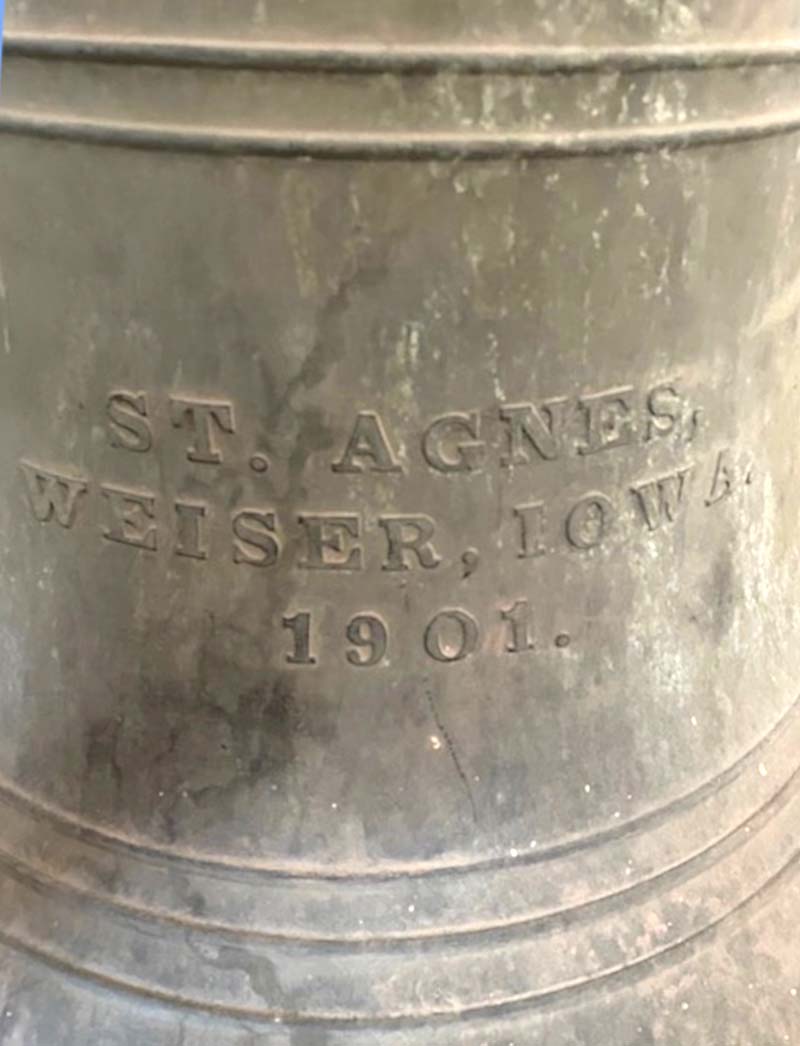
The Weiser building with its bell tower. Wendy Martell.
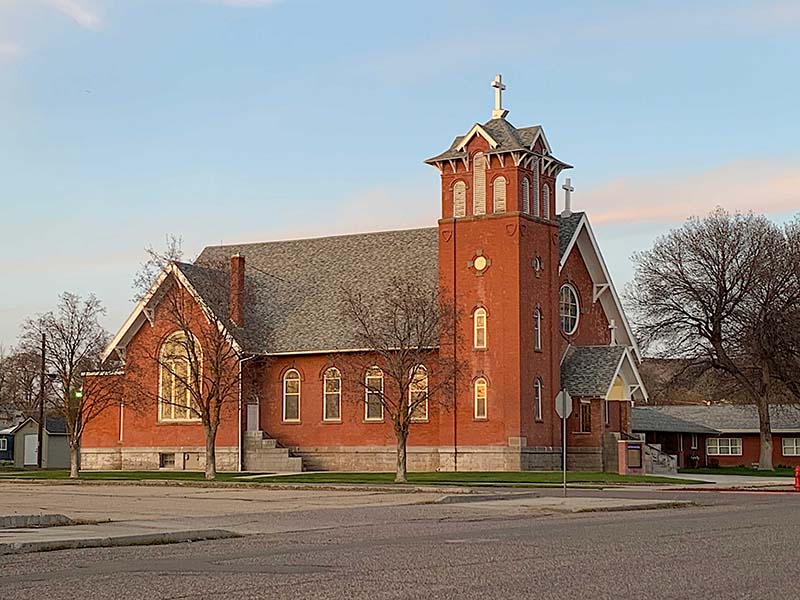
The bell in the belfry. Efrain Juarez.
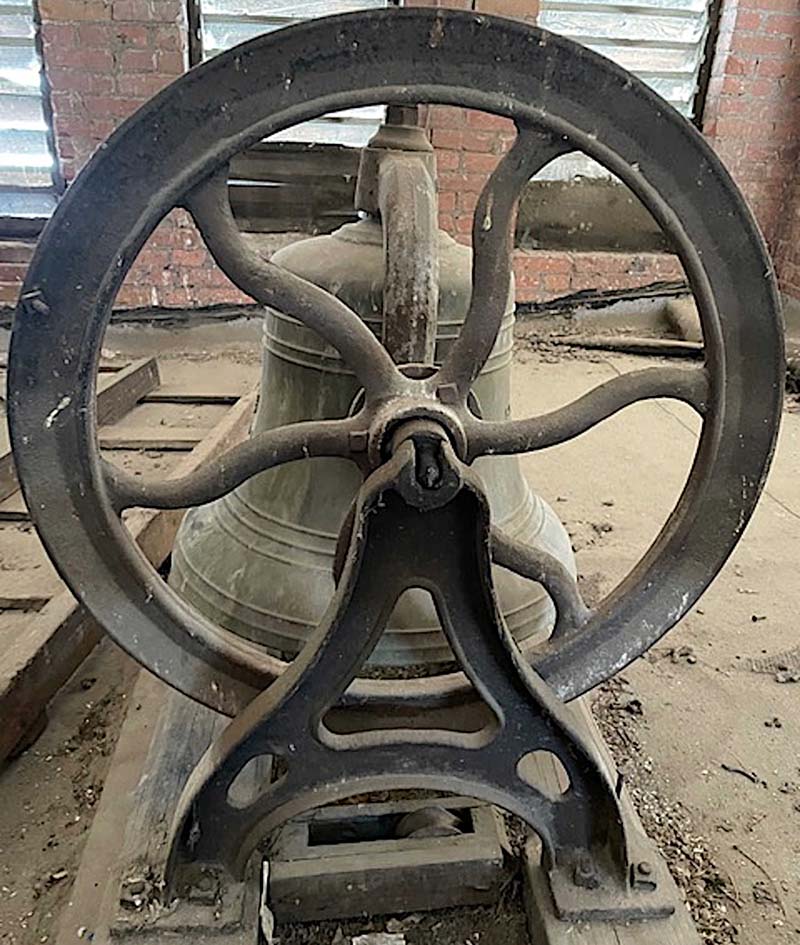
Up in the tower, Efrain removed what remained of the frayed rope and installed the new rope on the wheel of the bell. Before too long, he completed the job and extended one end of the rope down through its portal. As he descended the ladders, he closed the upper and lower trapdoors, and once again joined Max and me on the loft’s landing.
Excitedly, Efrain informed me there was an inscription on the bell. He gave me the paper but when I read what he had recorded, I responded, “No, this is wrong.” Rashly, I judged that his limited abilities in English had led him to record the inscription incorrectly. I thought what he had written simply could not be what was on the bell.
Efrain was probably a bit insulted that I had questioned his accuracy. He very strongly insisted he had accurately copied the inscription. To prove it, he produced his cell phone and showed me the photos he had taken of the bell (an option that, in my backwardness, I had not considered). To my surprise and consternation, the photos indeed showed that Efrain was correct. There was a three-line inscription.
The first line read, “St. Agnes,” which confirmed that the bell was not a castoff from a steam locomotive but had been specifically forged for the church. More important, it had been named, appropriately enough, in honor of the church’s patron saint.
The last line read, “1901,” which not only meant it was almost 120 years old but that it had hung in the belfry of Weiser’s first St. Agnes Church, constructed in 1899, and then it had been moved in 1911 to the present building.
I was pleased with this information, but the middle line of the inscription is what had caused me to doubt Efrain. It read, “Weiser, Iowa.”
Yes, Iowa. How was this possible? My guess is that workers in an eastern steel plant had never heard of Idaho (which in 1901 had been a state for only eleven years) and they had misread “Idaho” on the order form as “Iowa.”
This led me to imagine Weiser’s small Catholic community in 1901 as they excitedly unwrapped the packaging around their newly arrived bell only to discover to their consternation that their fair city was not in Idaho, but in Iowa. It was a true Idaho experience! We’re all still accustomed to such mistakes, although in this case there was no possibility of an easy correction to an engraving on a bell. Later, I searched online for “Weiser, Iowa” and found nothing.
When I shared our discovery with church members, no one, not even the senior ones, were aware of their Iowa bell. One member said he had been up in the tower to do maintenance work about fifteen years previously but had not noticed the bell’s inscription. All this led me to search our local files at St. Agnes and those of the Roman Catholic Diocese of Boise. Both sources contained minimal information and nothing about the incorrectly engraved bell.
I then spent hours at the Idaho State Historical Society Library in Boise, reviewing past issues of Weiser’s local papers, the Weiser Signal and the Weiser American (now combined as the Weiser Signal American). I found articles on the installation of the city’s fire bell and the installation of another church’s bell but no mention of the St. Agnes bell. Was the Catholic community embarrassed by its “Iowa bell” and didn’t want the error to become known? That’s easy to imagine but hard to know for sure.
I didn’t find any evidence that the community complained and received a reduction in the price of the bell, but I hope they did. In any case, the community paid extra in lost pride. I suppose that’s a price we Idahoans continue to pay even today.
This content is available for purchase. Please select from available options.
Register & Purchase Purchase Only
Register & Purchase Purchase Only

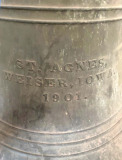
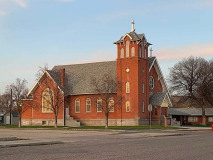
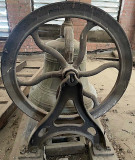
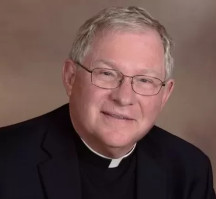
One Response to The Bell Told
Vickie’s VanNess -
at
Love this! Thank you Fr Gerry for sharing your adventures & with great humor! ~Vickie